The debut of Apple's new 64-bit A7 Application Processor has been assailed by more than one industry figure insisting that the new chip isn't anything special, but a series of iOS developers are reporting huge performance gains and already using the new chip to accomplish "desktop class" tasks that were not previously possible on a mobile device.
Less than three weeks ago, Apple's head of worldwide product marketing Phil Schiller launched the surprise introduction of the new A7, including an unusual level of technical detail during the iPhone 5s event.
Referring to the chip has having a "64-bit desktop class architecture" with a "modern instruction set," Schiller noted that new chip doubled the general purpose and floating point registers over the previous A6, and contained over 1 billion transistors in a 102mm die size. Such figures are uncommon in Apple's media presentations; mainstream users are unlikely to know what much of it even means.
That's left the opportunity open for critics and competitors to assert that the new chip is nothing more than a marketing charade. Qualcomm's chief marketing officer Anand Chandrasekher, for example, recently told the media, "there's a lot of noise because Apple did [64-bit] on their A7. I think they are doing a marketing gimmick. There's zero benefit a consumer gets from that."
64-bit A7 faster with a longer life
Chandrasekher's opinion is particularly suspect because the A7 is already known to enable key features of iPhone 5s, including its advanced camera features (powered by the A7's Image Signal Processor, using an architecture similar to dedicated point-and-shoot cameras) and Touch ID (which relies on what Apple calls the A7's Secure Enclave Processor). Both are integrated into the A7.
On the iPhone 5s, the new 64-bit architecture of the A7 provides immediate benefits to developers thanks to its "modern instruction set," known as ARMv8, which among other features accelerates AES encryption. And because Apple manages both the development of the A7 chip and the compilers and development tools within Xcode, developers can take full advantage of new hardware and instruction set efficiencies "for free" when they recompile their apps to run on the A7.
This process has already improved Apple's own software that's bundled on the iPhone 5s, which has all been recompiled for 64-bit, from the kernel to libraries and drivers to apps such as Safari, Mail, Photos and Maps. There is a marked increase in performance observed in moving from 32-bit to 64-bit benchmarks on the same hardware, in addition to the baseline improvement of the A7 over the A6 seen in 32-bit benchmarks.
The A7 isn't just faster than the previous A6; it's faster without requiring the additional cores and ramped up clock speeds of competing chips like Samsung's Exynos 5 Octa. That contributes to faster performance in a lighter, smaller device because it doesn't have to pack a larger battery to power a hot, high-revving brain that rapidly drains the battery.
As a result, Apple's iPhone 5s delivers performance equal or better performance to Samsung's latest large phablet, despite the Note 3 being equipped with twice the system RAM, a system clock running twice as fast and a battery over twice as large (3,200 mAh vs 1570 mAh in the iPhone 5s). It's not only faster (above), but vastly more efficient, allowing iPhone 5s to beat the Note 3 in battery life when browsing the web over LTE (below).
A variety of App Store developers have already begun taking advantage of the new A7, and what they report about their experiences in working with the new 64-bit chip dispels the notion that the iPhone 5s is simply wrapped in "marketing gimmicks."
Algoriddim leverages A7 in djay 2, vjay to introduce previously impossible features
Karim Morsy of Germany's Algoriddim noted that "optimizing djay 2 for the 64-bit A7 chip has allowed us to bring desktop-class power to our iPhone app."A7 "allowed us to introduce new features and effects that weren't possible before" - Karim Morsy, Algoriddim
Morsy added that "djay's audio processing and analysis is up to 2x faster, which not only makes the whole UI and animations run smoother but also allowed us to introduce new features and effects that weren't possible before.
"Harmonic Match, for example, automatically detects the key of a song and allows it to be transposed it into a different key by altering its pitch in real-time."
"Moreover," Morsy added, "we have measured game-changing performance boosts with our video mixing app vjay which also leverages the A7’s 64-bit architecture on iPhone 5s. HD video playback, mixing, effects, and recording on iPhone 5s brings more than double the video render resolution, processing more than 4 times more video data in real-time."
Smule uses A7 to break boundaries with its music apps
"The A7 has taken things to a new level," said Jeff Smith, the chief executive of pioneering music app developer Smule in an email to AppleInsider.
"If you recall," Smith stated, "we were the company to bring auto-tune to the iPhone with I Am T-Pain four years back. It took a lot of engineering to make this work in real-time. And to be honest, we still have too much audio-latency on the Android devices to enable I Am T-Pain to work on those devices. Since the launch of I Am T-Pain, we've added 110M new users to our network of apps.""Technologies that were formerly reserved for professionals are now available to consumers because of the 5s. It's pretty incredible†- Smule CEO Jeff Smith
He added, "we've been trying to do real-time audio convolution on mobile devices. Audio convolution is one of the most CPU intensive tasks requiring massive amounts of matrix-math. Imagine trying to model how a sound wave will bounce off of several surfaces at different positions in a room. Simulating such acoustic environments has typically been reserved to workstations and cloud computing.
"So, when we were able to first benchmark the A7 a few weeks ago, we were quite pleased to see the processing power from the clock speeds and enhanced pipeline. As a result, we were able to do real-time audio convolution in the palm of your hand."
Smith added, "with our Sing! 3.0 optimized for 5s, you can finally sing in the shower without getting wet. Or you can sing in a church, a dormitory hallway, a forest, the Taj Mahal, complete with our custom pitch correction, reverb, etc. Technologies that were formerly reserved for professionals are now available to consumers because of the 5s. It's pretty incredible."
Smule engineers noted that they were not able to get real-time audio convolution working on the iPhone 5 (or 5c), despite the phone being no slouch; both models are roughly comparable with Samsung's Galaxy S4 in Geekbench 3.0 scores. Thus the company says that the 'informal "benchmark' of just running the Sing app with convolution reverbs ranged from simply not working at all on iPhone 5, while "on the 5S everything sounded smooth and silky."
Smule also sells Sing for Android on Google Play, but there the title notes, "the audio technology behind Sing! works best on newer devices, in particular Galaxy S3, Galaxy Note II, Galaxy Nexus, Nexus 4, Nexus 7, Nexus 10, and other high-powered devices." The Android app also lacks support for real-time audio convolution.
In optimizing other titles for the A7, Smith noted, "we discovered an issue on the A7 with our Cinebeat product which does real-time audio and video process (also CPU intensive). It deadlocked as a set of processes that were never supposed to finish first suddenly did. We were shocked."
Further, the company noted that rendering in AutoRap "saw something close to a 7x speed-up" when running on the new A7 (which again has only been out for three weeks).
ChAIR Entertainment changes the game with A7 in Infinity Blade III
"Infinity Blade III leverages the unprecedented power of Apple's new A7 chip with 64-bit architecture and OpenGL ES 3.0 to once again completely redefine the boundaries of mobile gaming," noted Laura Mustard of ChAIR Entertainment."It's true 'next gen' gaming,†- Laura Mustard, ChAIR
"With the unmatched power of the iPhone 5s and its A7 chip, we can now combine fullscreen rendering effects, tons of polygons, and advanced gameplay processing in one smooth package.
“And we are able to do all that with almost instantaneous load times, keeping gamers immersed in the experience instead of staring at a loading screen. This power has allowed us to craft the ultimate Infinity Blade experience."
Mustard added, "the iPhone 5S allows us to have a huge, extremely detailed Dragon spewing billowing flames that engulf the entire screen, while the hero, clad in armor that reflects the environment, swipes to defeat the beast. We're rendering a full depth of field blur and bloom pass, a color adjust pass, a vignette pass, and a distortion pass - and then antialiasing the whole thing while maintaining a blazing frame rate. On a device that fits in your pocket. It sounds like voodoo magic - but it's not. It's true 'next gen' gaming.â€
Additional benefits of the 64-bit A7
Apple has outlined other benefits of the A7's 64-bit architecture for app developers, noting that apps that use 64-bit integer math or custom NEON (Advanced SIMD) operations will see large performance gains. There are other advantages related to imaging, audio and video processing, photo filters and the physics calculations used in gaming.
Apple has also emphasized that iOS 7 on the A7 shares the same ABI (application binary interface) as OS X. Apple's implementation of ARMv8 diverges slightly from ARM's generic C++ ABI for the ARM 64-bit architecture, which is derived from the C++ ABI initially created for SVr4 Unix on Intel's Itanium.
The ABI changes Apple made in developing the A7 maximize compatibility with existing 64-bit code targeting desktop PC and Mac architectures. That was done because Apple's iOS isn't simply content with tacking "64-bit" on as a check-list feature. iOS is designed to bring desktop-class software into the mobile world, and the 64-bit A7 is the next step along that progression.
 Daniel Eran Dilger
Daniel Eran Dilger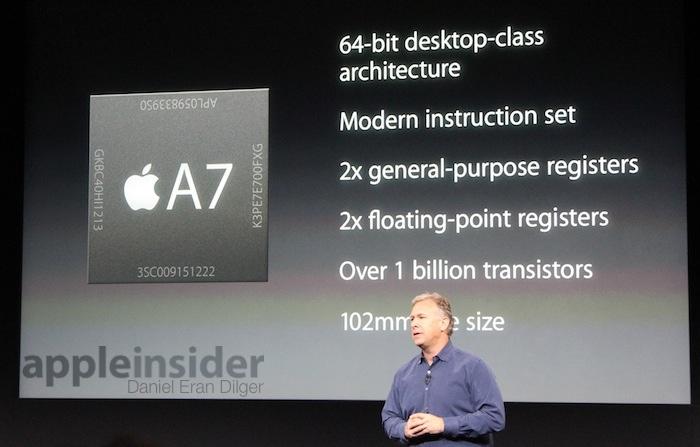
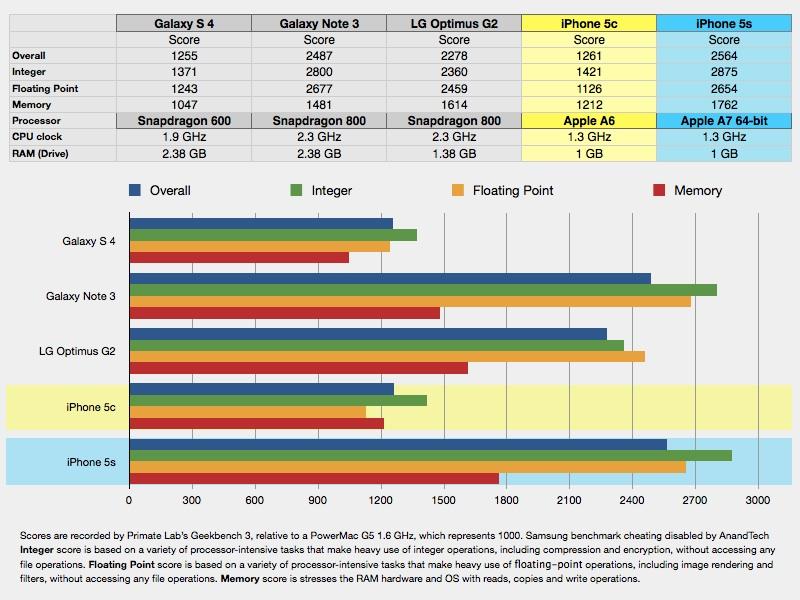
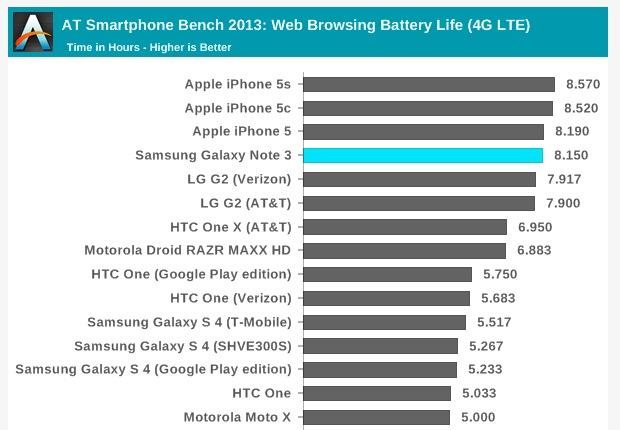
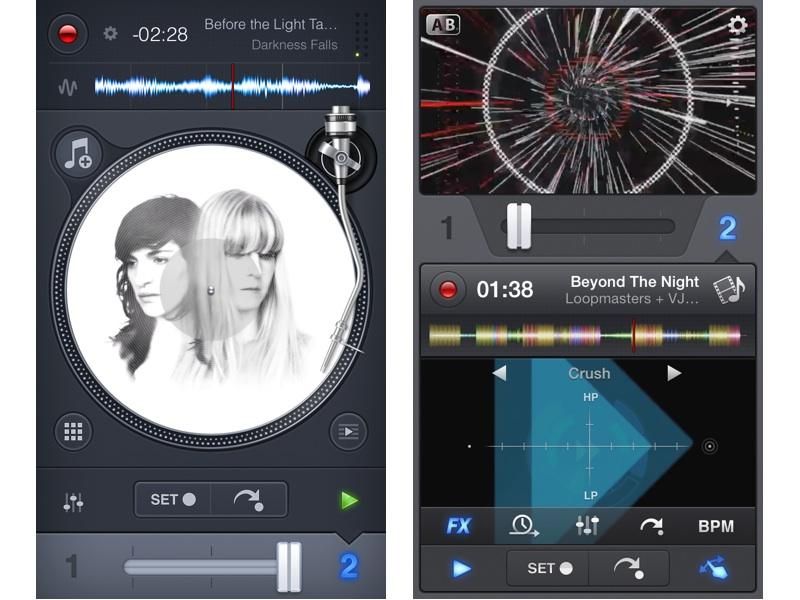
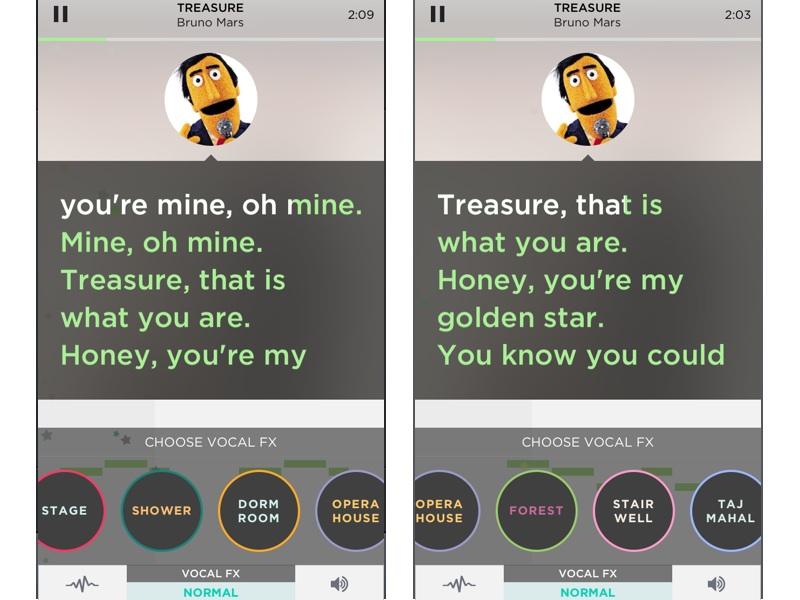

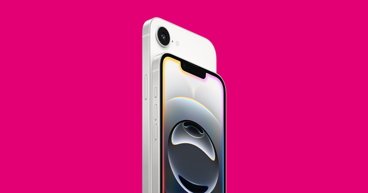



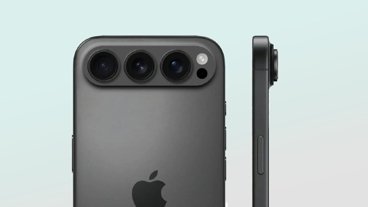


-m.jpg)






 Thomas Sibilly
Thomas Sibilly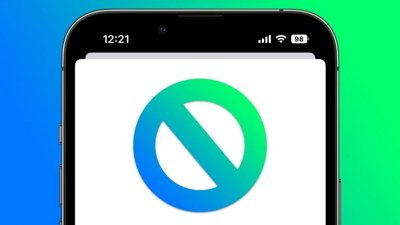
 Marko Zivkovic
Marko Zivkovic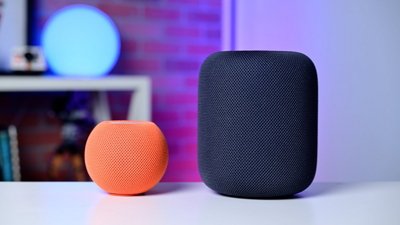
 Andrew O'Hara
Andrew O'Hara
 Amber Neely
Amber Neely
 William Gallagher
William Gallagher
 Christine McKee
Christine McKee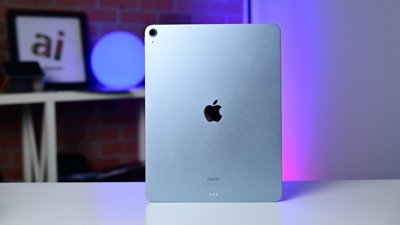
 Andrew Orr
Andrew Orr


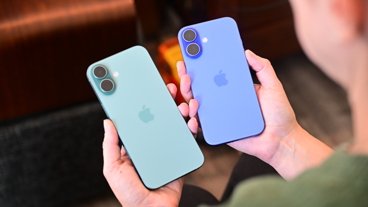






98 Comments
Oh, but I thought it was just a gimmick..../s
Oh, but I thought it was just a gimmick..../s
An article i just read, love it, hahaha
http://www.anandtech.com/show/7384/state-of-cheating-in-android-benchmarks
Powerful gimmick
Apple's "gimmick" dual-core system with 1/2 the ram and battery has more horsepower than Samsung's shitty 4-core, double-ram trash. Fandroids everywhere will simply call DED a rabid fanboy as they know they have zero way of disputing the trash that Samsung is, and the inability of Android to efficiently use the hardware specs thrown at it. Shameful.